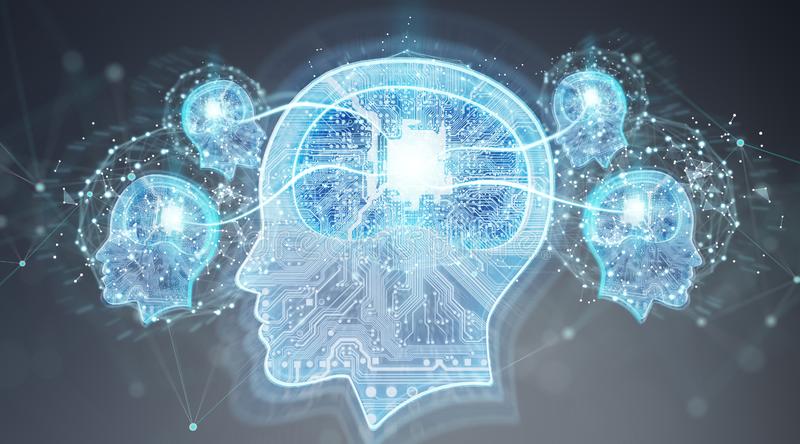
Artificial Intelligence (AI) and Machine Learning (ML) are two of the most exciting technologies in the world of computing today. They have the potential to transform the way we live, work, and play and are already making a significant impact in a wide range of fields, from healthcare to finance to retail.
AI and ML are often used interchangeably, but they are two different things.
AI is the broader concept of machines that can perform tasks that would typically require human intelligence, such as visual perception, speech recognition, decision-making, and natural language processing.
Machine Learning, on the other hand, is a subset of AI that involves algorithms that can automatically learn and improve from experience without being explicitly programmed.
The potential applications of AI and ML are vast and varied.
In the healthcare industry, for example, AI and ML can be used to analyze medical images and help doctors make more accurate diagnoses, while in the finance industry, they can be used to detect fraud and automate financial transactions. In the retail industry, AI and ML can be used to analyze customer data and create personalized shopping experiences.
One of the most exciting areas of development for AI and ML is autonomous vehicles.
Self-driving cars have the potential to revolutionize the way we travel, reducing accidents and traffic congestion and making transportation more efficient. However, there are still many challenges to overcome before autonomous vehicles become a widespread reality. These challenges include developing AI systems that can reliably detect and respond to unexpected events on the road, as well as navigating complex urban environments.
Another area where AI and ML are expected to have a significant impact is predictive maintenance.
By analyzing data from sensors and other sources, AI systems can detect when a machine or equipment is likely to fail, allowing maintenance teams to intervene before a breakdown occurs. This can help to reduce downtime, increase productivity, and save companies money on maintenance costs.
While the potential benefits of AI and ML are clear, there are also concerns about their impact on the workforce.
As machines become increasingly capable of performing tasks that were once the exclusive domain of humans, there is a risk that many jobs will become obsolete.
However, it is also important to remember that AI and ML have the potential to create new jobs and industries and to increase overall productivity and economic growth.
Challenges
To fully realize the potential of AI and ML, we must address some of the critical challenges these technologies present.
One of the biggest challenges is the need for large amounts of high-quality data to train AI systems. Without access to this data, AI algorithms cannot learn and improve, and their performance will be limited.
Another challenge is the need for transparency and explainability in AI systems. As these systems become more complex, it can be difficult to understand how they make decisions or predictions. This can be a particular concern in areas such as healthcare, where it is crucial to explain the reasoning behind a diagnosis or treatment recommendation.
These technologies are highly dependent on high-quality data. One way to address that is to encourage more data sharing and collaboration between organizations. This can help to ensure that AI systems have access to the high-quality data they need to learn and improve. Another approach is to develop more efficient data collection methods, such as using sensors and other IoT devices, which can generate large amounts of data in real time.
Finally, there is the challenge of ensuring that AI and ML are developed and deployed ethically and responsibly. There are concerns about the potential misuse of these technologies, such as the use of facial recognition for surveillance or the use of AI in weapons systems. It is essential that we have a robust ethical framework in place to guide the development and use of AI and ML.
Conclusion
AI and ML are rapidly evolving technologies that can potentially transform our world in many positive ways. As the technology continues to evolve, we are likely to see even more use cases emerge.
However, some challenges need to be addressed, such as the need for high-quality data, transparency and explainability, and ethical considerations. It is essential to ensure that these technologies are being used in a way that respects human rights, privacy, and security. This includes developing robust regulations and standards for AI and ML, as well as encouraging a culture of responsible innovation within the technology industry.
By working together to address these challenges, we can realize the full potential of AI and ML while minimizing the risks and ensuring that these technologies benefit society as a whole.
